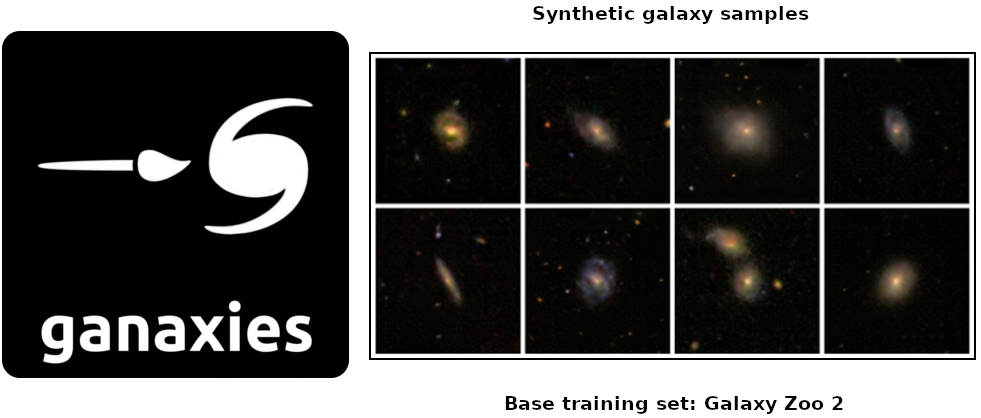
High-resolution synthetic galaxies with chained generative adversarial networks
Astronomy increasingly finds itself with extreme quantities of data. This growth is ripe for modern technologies such as deep learning, as deep image processing techniques have the potential to allow astronomers to automatically identify, classify, segment and deblend various astronomical objects. In the area of cosmology, generative approaches can also aid in the calibration of shape measurement algorithms for weak lensing through large datasets augmented with synthetic images.
Since galaxies are a prime contender for such applications, our recent paper explores the use of chained generative adversarial networks (GANs) to produce physically realistic galaxy images. By measuring the distributions of multiple physical properties, we show that images generated with our approach closely follow the distributions of real galaxies, further establishing state-of-the-art GAN architectures as a valuable tool for modern-day astronomy.
The provided pretrained generators available here work in both Python 2 and 3, and allow users to sample synthetic galaxy images. In order to create one synthetic galaxy image, the following command can be used. To sample a certain number of images, add --batchSize=X, with X as that number:
python generate_galaxies.py


